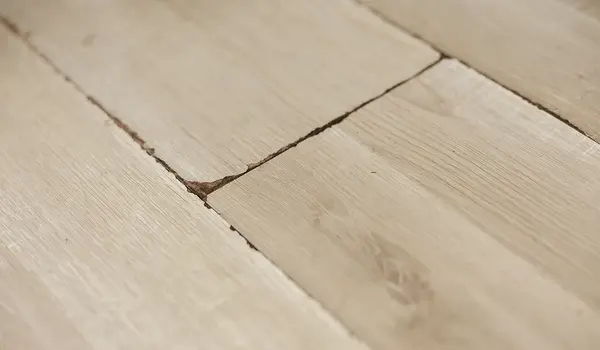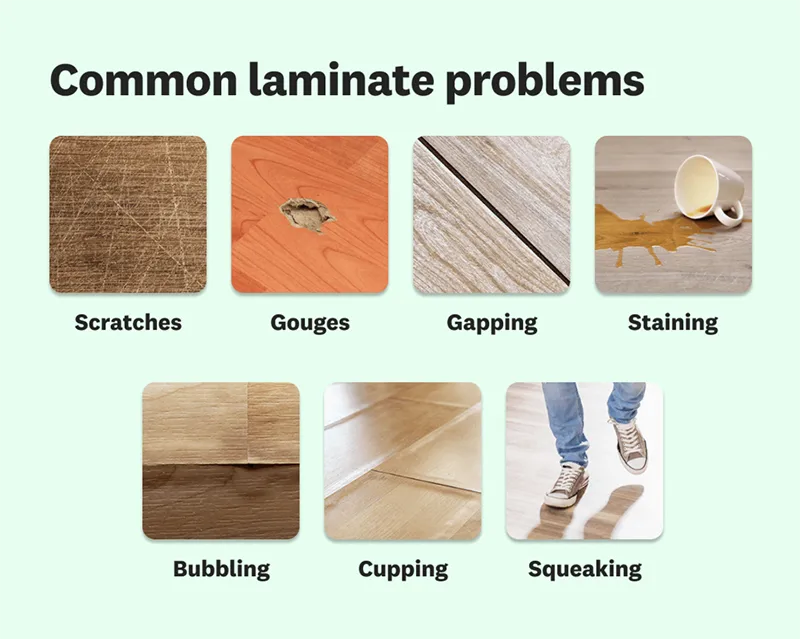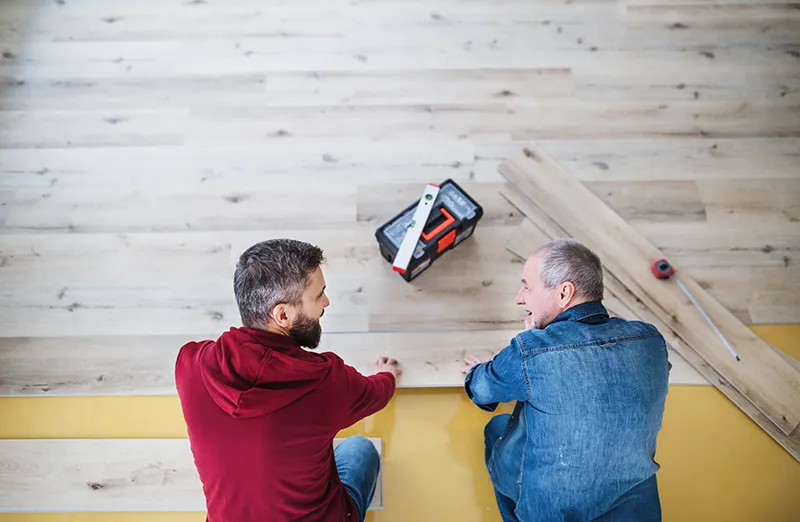Flooring
How to Repair Gaps in Laminate Flooring

Laminate floors add elegance to any space, but over time, gaps may appear between planks. These spaces can trap dirt and moisture, affecting durability. Learning how to repair laminate gaps properly ensures a smooth and polished look for years.
Why Do Laminate Floors Develop Gaps?
Several factors contribute to laminate flooring gaps. Identifying the cause helps prevent future issues.
Common Causes of Laminate Gaps

- Temperature Changes – Laminate planks expand and contract due to seasonal temperature fluctuations.
- Humidity Levels – High or low humidity can cause shrinking or swelling, leading to gaps.
- Improper Installation – If the flooring wasn’t acclimated before installation, planks may shift over time.
- Uneven Subfloor – A rough or sloped subfloor can prevent planks from fitting snugly.
- Water Damage – Spills or moisture exposure can weaken the planks, making them separate.
Steps to Fix Gaps in Laminate Flooring
There are simple solutions to close laminate gaps and restore a flawless floor.
1. Using Wood Glue for Small Gaps
- Apply a small amount of wood glue into the gap.
- Press the planks together using a straightedge.
- Wipe excess glue and allow it to dry completely.
2. Using a Gap Fixer for End Gaps
- Attach a gap fixer to the affected plank.
- Gently tap it with a rubber mallet to shift the plank.
- Remove the tool and check for alignment.
3. Closing Parallel Gaps with Clamps
- Place gap fixers on each side of the plank.
- Use bar clamps to gradually close the space.
- Tighten slowly and check for over-compression.
Preventing Future Laminate Gaps
- Maintain indoor humidity between 35%-55%.
- Acclimate planks before installation.
- Use a vapor barrier under laminate flooring.
- Clean spills immediately to prevent damage.
Fixing gaps quickly keeps your laminate floors in excellent condition. For more home improvement tips, explore the latest articles on this website.
Continue Reading

